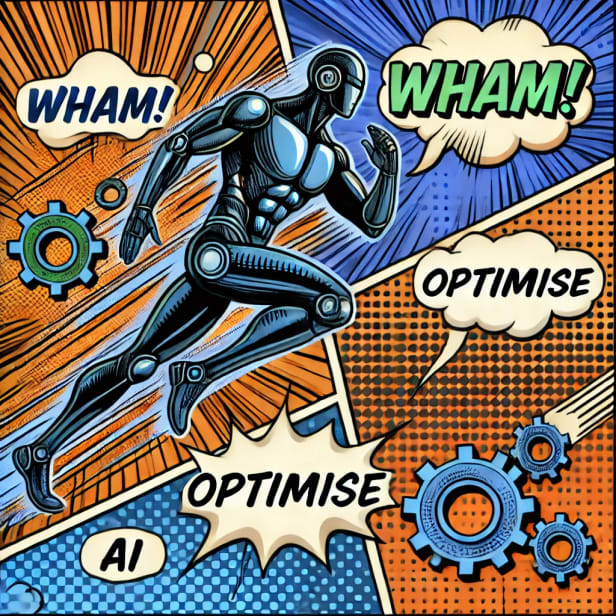
Geolytix AI enriched location intelligence.
Leverage AI to optimise decisions about site selection, sales forecasting, cannibalisation and more.
Geolytix is at the forefront of harnessing AI for location intelligence applications.
Artificial Intelligence (AI) is shaping the future of Location Planning. Key AI trends, including advancements in data, forecasting, and supportive data extraction, coding and management tasks, are set to revolutionise the industry.
What actually is ‘AI’ in a location intelligence context.
AI encompasses a vast array of ‘smart’ technologies. AI is as transformative as the introduction of the computer or launch of the internet. AIs application will affect every industry, sector and job role to a greater or lesser extent in the coming years.
Yet AI as an umbrella term can be unhelpful when we want to understand how AI can be applied in our specific field.
So let’s focus on two major groups of AI technology and how we harness these internally and for our clients.

Machine Learning (ML) AI.
A branch of AI where computers learn patterns and make predictions based on data, without being explicitly programmed for each task. Geolytix have been using ML AI algorithms in sales forecasting models for a number of years. In particular we often use a subset of ML called Gradient Boosting Machine (GBM) algorithms to build sales forecasting tools. These AI algorithms are ideal for supervised learning tasks such as regression, classification and ranking. GBMs work by iteratively building a series of decision trees, where each tree attempts to correct the errors of the previous ones.

Generative AI.
Encompasses many helpful tools (such as LLMs and Prompt Engineering) that support more generalised location planning and data tasks. Large Language Models (LLMs) (e.g. Chat GPT, Copilot, Gemini) are a different type of AI designed to process and generate human language. LLM-based tools are used for general purpose tasks (meeting summaries, document translation, etc.), while prompt engineering uses the same LLM technology to perform tasks like assigning labels to a finite set of place categories.

Improved quality of outputs.
AI enables better real-world simulation by opening access to new data sources, enhancing predictive models, and increasing flexibility in the simulations, or ‘what if’ scenarios, capable of being modelled. The creation of AI digital twin simulations (a virtual replica of the real world) is an exciting example of improvements in both data and modelling capability.

Increased Speed and Efficiency.
AI speeds up and automates tasks, optimising human time, and allows for a greater focus on strategic analysis.

AI opens up opportunities for using new and bigger data.
One of the applications of AI that gets us really excited at Geolytix is using AI to unlock new ways to describe locations using more complex feature extraction from sources we’ve not been able to use before - images, free text, unstructured non-tabular data and real-time data. Computer vision (image recognition AI) facilitates applications such as delineating building footprints, comparing busyness across a retailer's carparks and its competitors and assessing visibility and signage consistently and with ease.
